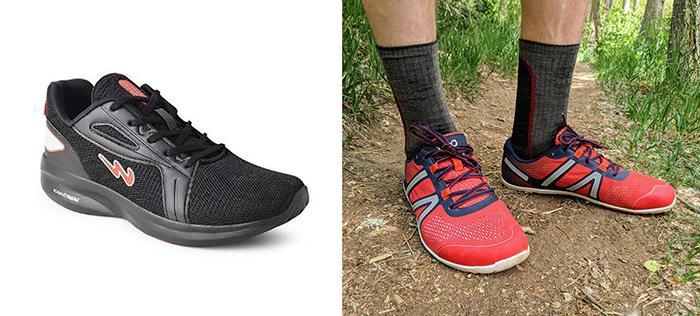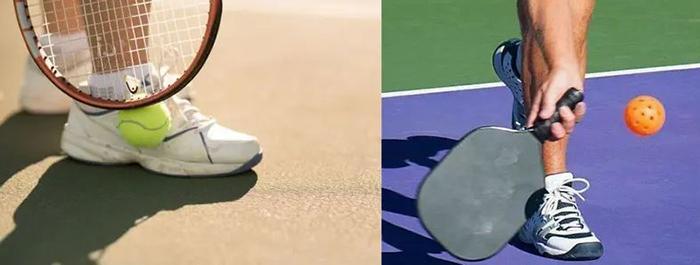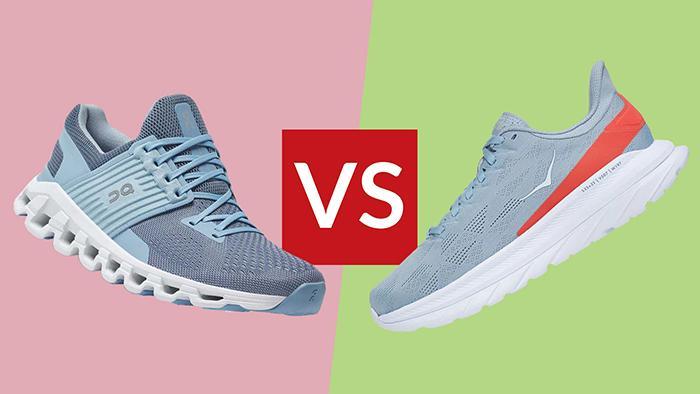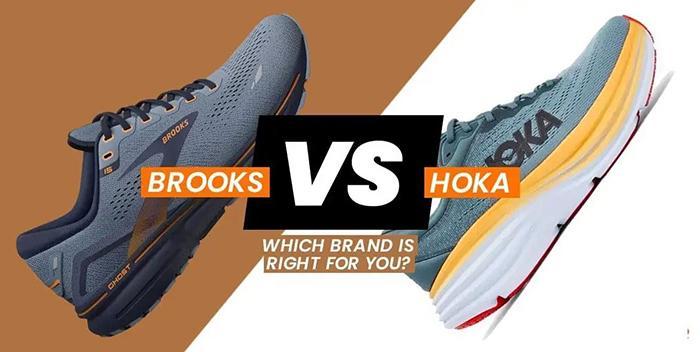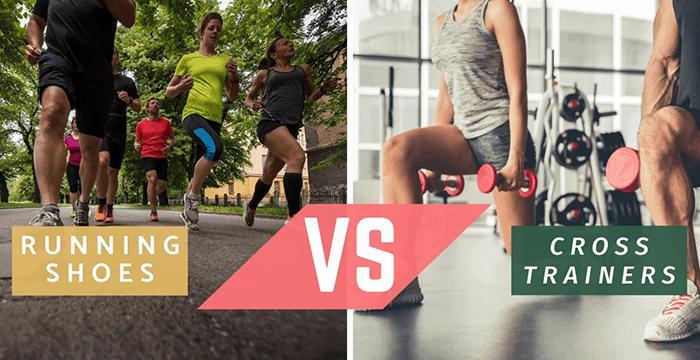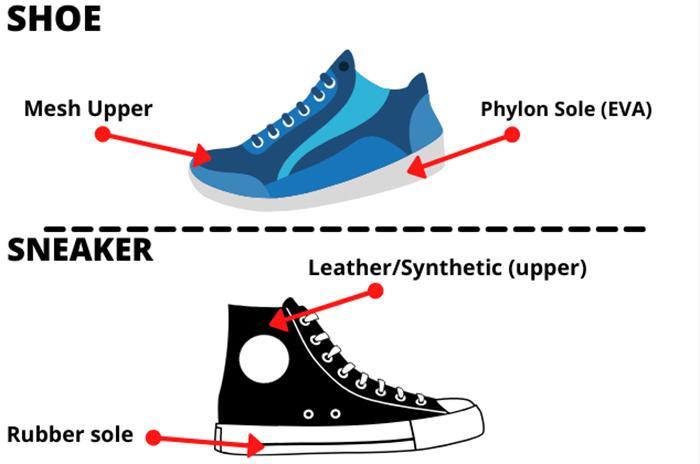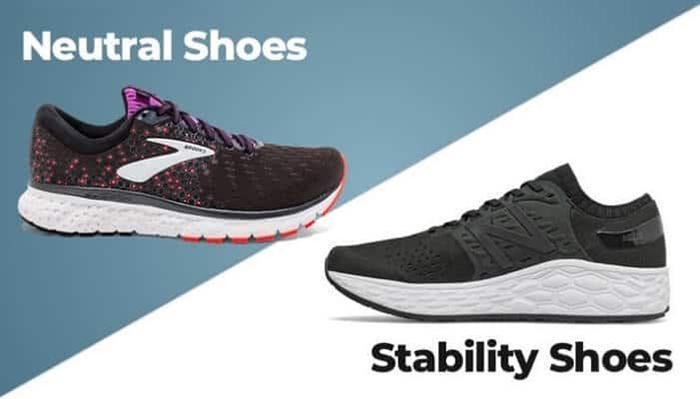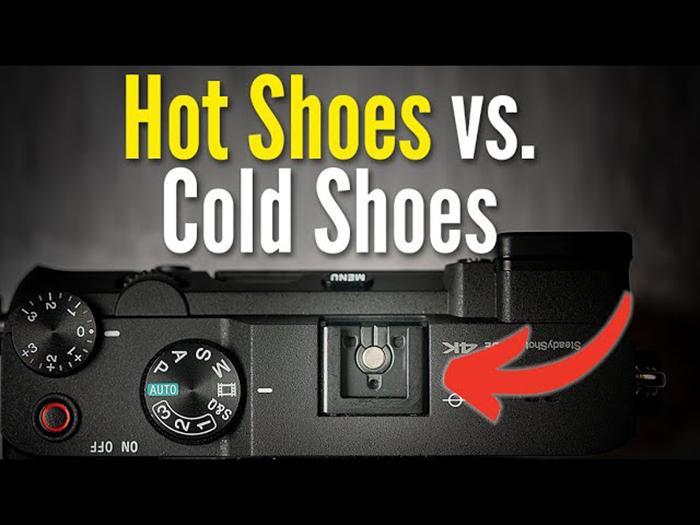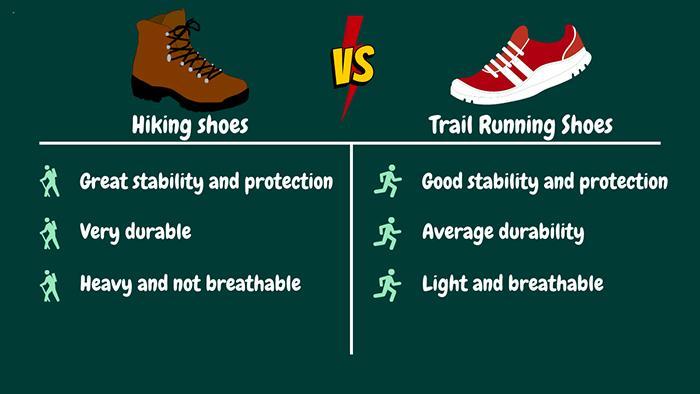Are you a shoe enthusiast who’s always on the hunt for the latest and trendiest sneakers, but can’t justify breaking the bank for them? If so, welcome to the world of reps—short for replica shoes! These affordable alternatives mimic popular, high-end brands without costing you a fortune.
This blog post will delve into what reps in shoes really are, how to identify them, and if they’re worth spending your hard-earned money on.
You Are Watching: What Are Reps In Shoes Updated 02/2025
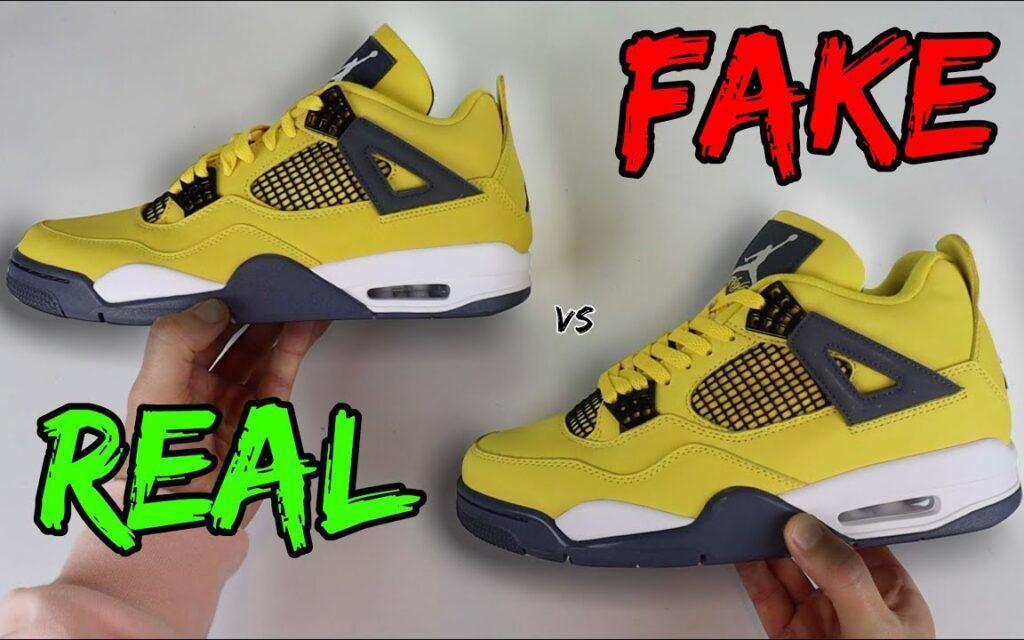
Key Takeaways
- Reps in shoes refer to replica or knock – off versions of popular shoe brands that are cheaper alternatives.
- There are different levels of quality for reps, ranging from AAA to UA (unauthorized authentic).
- It’s crucial to know how to identify fake sneakers and purchase from reputable sources to avoid scams and potential legal complications.
- While replicas offer affordability, accessibility, and experimentation with styles, they also have potential risks and ethical concerns that should be considered before purchasing.
Understanding Reps In Shoes
Reps in shoes refer to replica or knock-off versions of popular shoe brands that are cheaper and generally produced by factories that are not the original brand.
What Does “reps” Mean In The Shoe Community
In the world of sneaker enthusiasts and collectors, “reps” is a term that refers to replica shoes. These replicas are designed to mimic the appearance of popular and often limited edition sneakers, like Jordans or Yeezys, at a fraction of the price.
Reps come in various levels of quality as indicated by grades such as AAA, SP, SMP, 1:1, and UA (unauthorized authentic).
An example of how prolific replica culture has become can be seen with rep Jordans – these imitation versions have gained quite a following among sneaker lovers who might not have access to rare editions released through official channels.
Replica Shoe Grade Levels: AAA, SP, SMP, 1:1, UA
In the world of replica shoes, there are five primary grade levels to consider when searching for the perfect pair: AAA, SP, SMP, 1:1, and UA. Each grade level offers a different level of quality and similarity to the original shoe.
| Grade Level | Description |
|---|---|
| AAA | These are the lowest quality replicas available, often with noticeable flaws and poor materials. They may not last long and are not recommended for serious shoe enthusiasts. |
| SP | Also known as “Super Perfect,” these replicas have fewer flaws and improved comfort compared to AAA. However, the quality is still lackluster, and they may only last a few months depending on usage. |
| SMP | Standing for “Super Max Perfect,” SMP replicas offer better quality and accuracy than SP. They typically have fewer flaws and better materials, making them a decent option for those on a tighter budget. |
| 1:1 | These replicas are considered “mirror image” or “one-to-one” copies of the original shoes. They are made with high-quality materials and offer excellent accuracy, making them a popular choice for shoe enthusiasts who want authenticity without the high price tag. |
| UA | Unauthorized Authentic (UA) reps are made using the same materials and production methods as the original shoes, making them virtually indistinguishable from the real deal. They offer the highest level of quality and accuracy, but may be more expensive than other replicas. |
Identifying Rep Shoes
Read More : Are Hoka Shoes Good For Flat Feet Updated 02/2025
To avoid getting scammed, it’s important to know how to identify replica shoes; keep reading for tips on recognizing fake footwear and common signs of counterfeit sneakers.
Tips For Recognizing Replica Shoes
As a fellow shoe lover, I know how important it is to be able to identify genuine sneakers from their replicas. Here are some tips for recognizing replica shoes:
- Examine the SKU number: Authentic shoes have a unique SKU number that should match the one on the box and inside of the shoe. Replicas often use incorrect or mismatched SKU numbers.
- Check labels and tags: Real shoes come with proper tags attached, while replicas may have poorly made or missing labels.
- Inspect the stitching: Genuine sneakers are known for their flawless stitching, whereas replicas may have uneven, sloppy, or frayed stitches.
- Analyze logos and brand markings: Legitimate shoes will display logos and branding accurately, while fake sneakers may show inconsistencies in size, color or placement.
- Observe the materials used: Authentic sneakers use high-quality materials that feel durable and well-made; knockoffs are typically made using cheaper material that feels inferior.
- Consider the price: If you find a pair of popular or limited-edition sneakers at an unbelievably low price, it might be too good to be true – always compare prices across multiple websites to determine if they’re genuine.
- Study the packaging: Official shoe boxes often have specific branding details that counterfeiters fail to replicate – look out for discrepancies in fonts, colors or alignment on your sneaker box.
- Buy from reputable sources: Always verify a seller’s credentials when purchasing online by looking at reviews, social media presence and return policies before making a purchase.
- Use legit check websites & apps: Utilize resources like legit checking websites or apps dedicated to assisting with shoe verification as an additional level of security against fraudulent activity in the shoe market
By diligently examining your potential new kicks using these tips and staying aware of counterfeit detection techniques, you can confidently add authentic pieces to your collection without falling prey to scam artists selling fake sneakers.
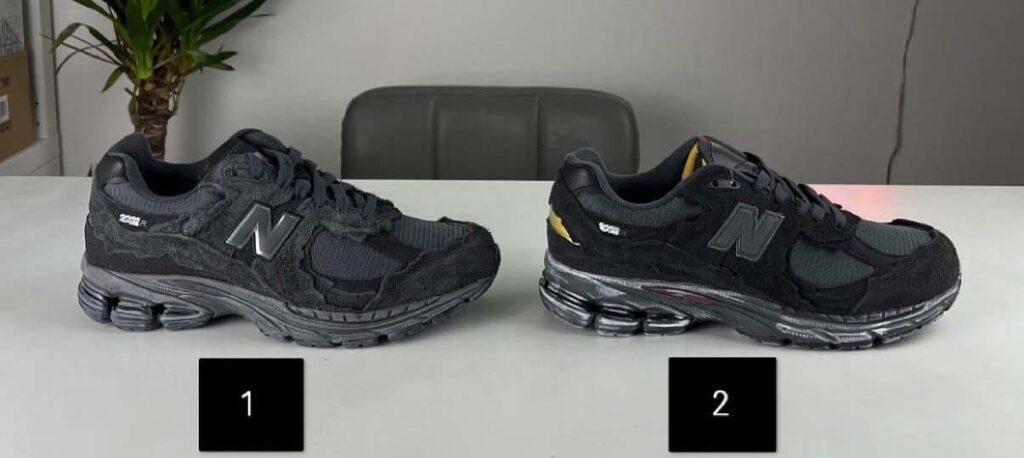
Common Signs Of Fake Shoes
As a shoe lover, I know how exciting it is to get your hands on a new pair of sneakers. But nothing is worse than realizing you’ve been scammed with fake shoes. Here are some common signs to look for when trying to spot fake shoes:
- Poor Quality Materials – Fake shoes often feel cheap and poorly made, with lower-quality materials and less attention paid to craftsmanship.
- Incorrect Branding – The logos or branding on the shoes may be off-center, misspelled, or distorted in some way.
- Mismatched Colors – Check carefully to make sure that all parts of the shoe match in color and tone.
- Inaccurate Details – Authentic sneakers have finer details such as accurate stitching, placement of logos, design patterns etc which are not found on replicas.
- Misspellings and Grammatical Errors – Often there may be misspellings on the packaging or labeling indicating cheap production methods.
- No Box or Packaging – An authentic pair of sneakers usually comes in its original packaging with product details mentioned including sizing information and date of manufacture.
- Too Good To Be True Prices – Unrealistic prices far below what authentic retail prices range can suggest that the products may be counterfeit
By being aware of these tell-tale signs and doing proper research before purchasing shoe products online or offline can help ensure that you’re getting your money’s worth with an authentic pair of shoes that will last longer in quality while also protecting yourself from scams!
Are Replicas Worth It?
Replica shoes can be an attractive option for those looking to save money, but they may come with potential risks and drawbacks.
Pros And Cons Of Buying Replica Shoes
As a shoe lover, you may be considering whether or not to invest in replica shoes. Below, I have compiled a table of the pros and cons of buying replica shoes, including factors like cost, quality, and risk. Take a look to get a clearer idea of whether replica shoes are the right choice for you.
| Pros | Cons |
|---|---|
| Affordability: Replica shoes are often more budget-friendly than their authentic counterparts, making it easier for you to build a diverse collection. | Quality: The quality of replica shoes may not match that of the originals, leading to potential issues with durability, comfort, and overall performance. |
| Accessibility: It can be challenging to find certain types of authentic sneakers, especially rare or limited edition models. Replicas provide an alternative option for those who want a specific shoe without the hassle. | Risks: As mentioned in [IMPORTANT FACTS], there are different levels of replica shoes, including unauthorized, replica, and B-grades. You run the risk of purchasing a low-quality product or even falling victim to a scam if you’re not careful when buying reps. |
| Reduced Fear of Damage: With less money spent on reps, you may feel more comfortable wearing them and not be as worried about damaging an expensive, authentic pair. | Potential Legal Issues: Counterfeit products can sometimes lead to legal complications, especially if you attempt to sell them as authentic items. |
| Trying Different Styles: Replica shoes allow you to experiment with various styles and brands without breaking the bank. | Supporting the Counterfeit Market: By purchasing replica shoes, you may inadvertently contribute to the counterfeit market, which can harm the legitimate businesses and brands you love. |
Read More : Sneakers Vs Shoes Updated 02/2025
While there are clear benefits to buying replica shoes, such as affordability and accessibility, it’s important to weigh these against the potential risks and drawbacks. Being aware of the different types of replicas available, as well as taking steps to avoid scams and ensure a quality purchase, will help you make an informed decision as a shoe lover.
Potential Risks And Drawbacks
As much as we all love sneakers and designer shoes, buying replica shoes comes with significant risks and drawbacks. One of the biggest issues is that replica shoes are not held to the same quality standards as authentic ones.
Another potential drawback is the fact that counterfeit products, including replica shoes, can be dangerous or hazardous. For example, fake running shoes might not offer proper support or traction, leading to injury while you exercise.
Finally, it’s worth remembering that buying replicas poses serious ethical concerns as well.
Avoiding Scams When Buying Reps
To avoid scams when buying replica shoes, it’s essential to know what you’re looking for and where to buy from. From checking the seller’s reviews to verifying the shoe’s authenticity with an expert, this section will give you all the information you need.
How To Protect Yourself From Counterfeiters
As a shoe lover, it is important to protect yourself from counterfeiters who may try to sell you unsafe or illegal replica shoes. Here are some tips:
- Only shop at reputable retailers or online marketplaces that have a track record of selling genuine products.
- Be wary of websites or social media accounts that offer deals that seem too good to be true.
- Check the product identification numbers and compare them with the manufacturer’s official website to ensure authenticity.
- Watch out for common signs of fake shoes, such as poor quality materials, misspelled logos, or inconsistent sizing.
- If possible, purchase from authorized retailers or directly from the brand’s official website.
- Always check your order upon delivery and report any concerns promptly to the seller or website customer service team.
- Stay informed about the risks and legal consequences of purchasing counterfeit goods by reading up on policies and initiatives by organizations like U.S. Customs and Border Protection.
Remember that while replica shoes may be tempting due to their lower price points, protecting yourself from scams and counterfeits should always take priority over saving a few dollars.
Conclusion
In conclusion, reps in shoes refer to replica or knock-off versions of popular shoe brands. These shoes are often produced by factories that are not the original brand and offer a more affordable option for shoe lovers.
However, it’s important to recognize the common signs of fake shoes and protect yourself from counterfeiters when making a purchase. While replicas may be made with premium materials, their value has been debated in terms of both ethical and artistic implications.
Sources: https://www.centuryinshoes.com
Category: Shoes

